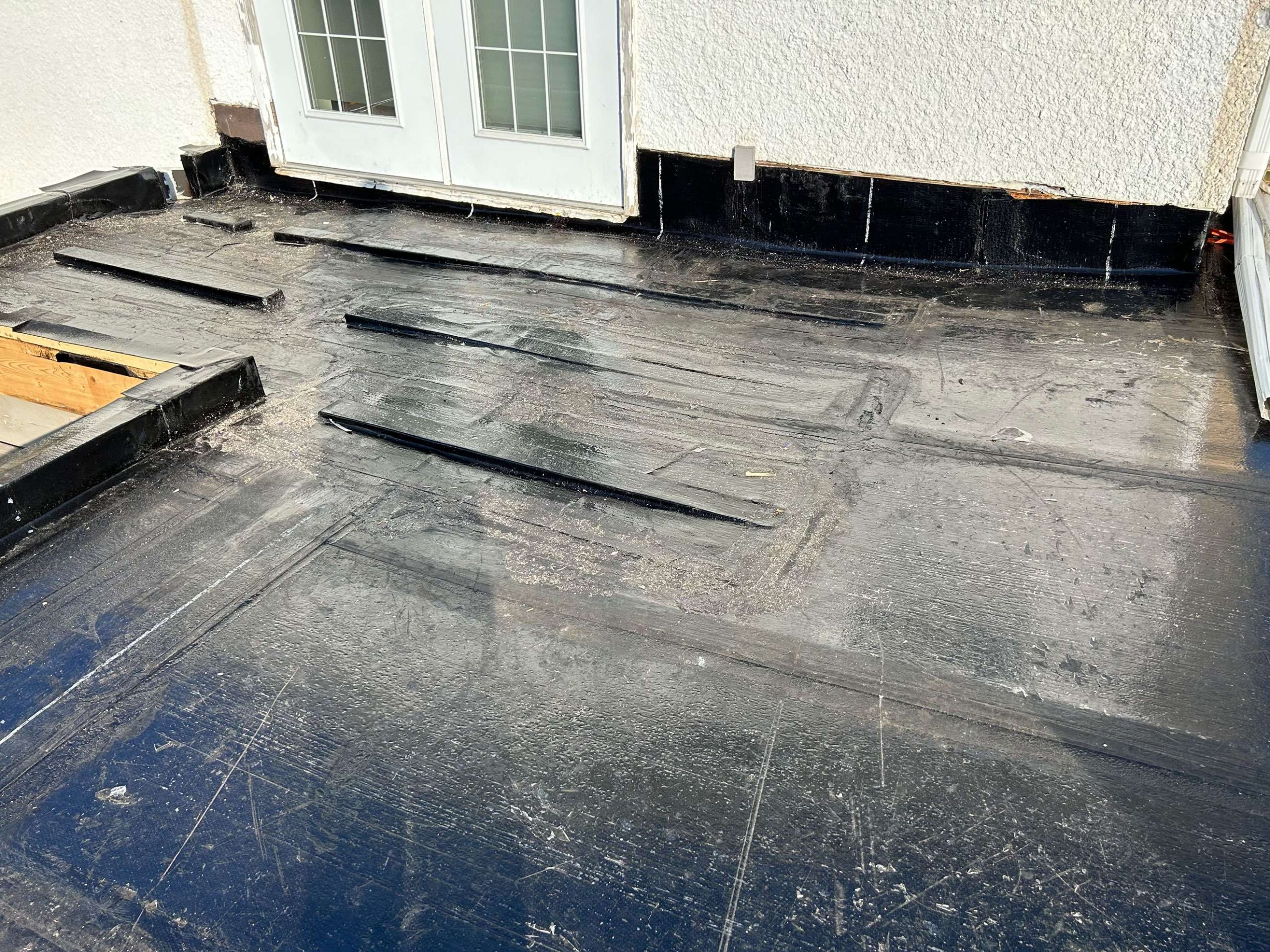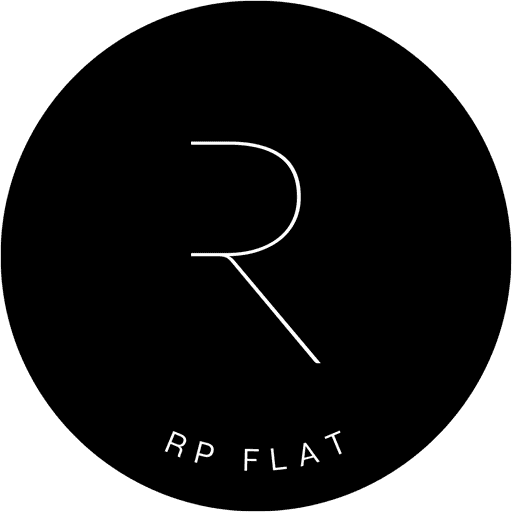Frequently Asked Questions
What is a flat roof?
What are the benefits of a flat roof?
Easy to access – you won’t have to worry about crews having to tie themselves to your roof to do installation or repairs.
Longevity – flat roofs can last up to 20 to 30 years, depending on the material.
Maintenance Free – with the exception of an annual inspection, there isn’t much maintenance involved with a flat roof.
Types of flat roofing systems
Torch-On Roofing (Modified Bitumen): Uses a torch to heat and bond layers of modified bitumen membranes for durability and waterproofing.
EPDM (Ethylene Propylene Diene Monomer): A type of synthetic rubber roofing membrane known for its weather resistance and flexibility.
TPO (Thermoplastic Olefin): A single-ply roofing membrane made from a blend of polypropylene and ethylene-propylene rubber.
PVC (Polyvinyl Chloride): A single-ply roofing system that is highly resistant to fire, chemicals, and UV rays.
Built-Up Roofing (BUR): Comprises multiple layers of roofing felts and bitumen, topped with a protective layer of gravel or tar.
How long does a flat roof last?
The life span of a flat roof can vary depending on material, climate and maintenance.
Modified Bitumen 10 – 20 years
EPDM 20 – 30 years
TPO 10 – 20 years
PVC 20 – 30 years
BUR 15 – 30 years
What maintenance does a flat roof require?
Regular inspections – check for cracks, blisters or other damage.
Cleaning – remove debris from gutters and drains to ensure proper water flow.
Prompt repairs – address any issues such as leaks or membrane damage quickly to avoid worsening problems.
We recommend having any penetrations like chimneys or vents checked annually. Having them inspected will ensure that they do not need extra caulk or repairs.
How does drainage work on a flat roof?

